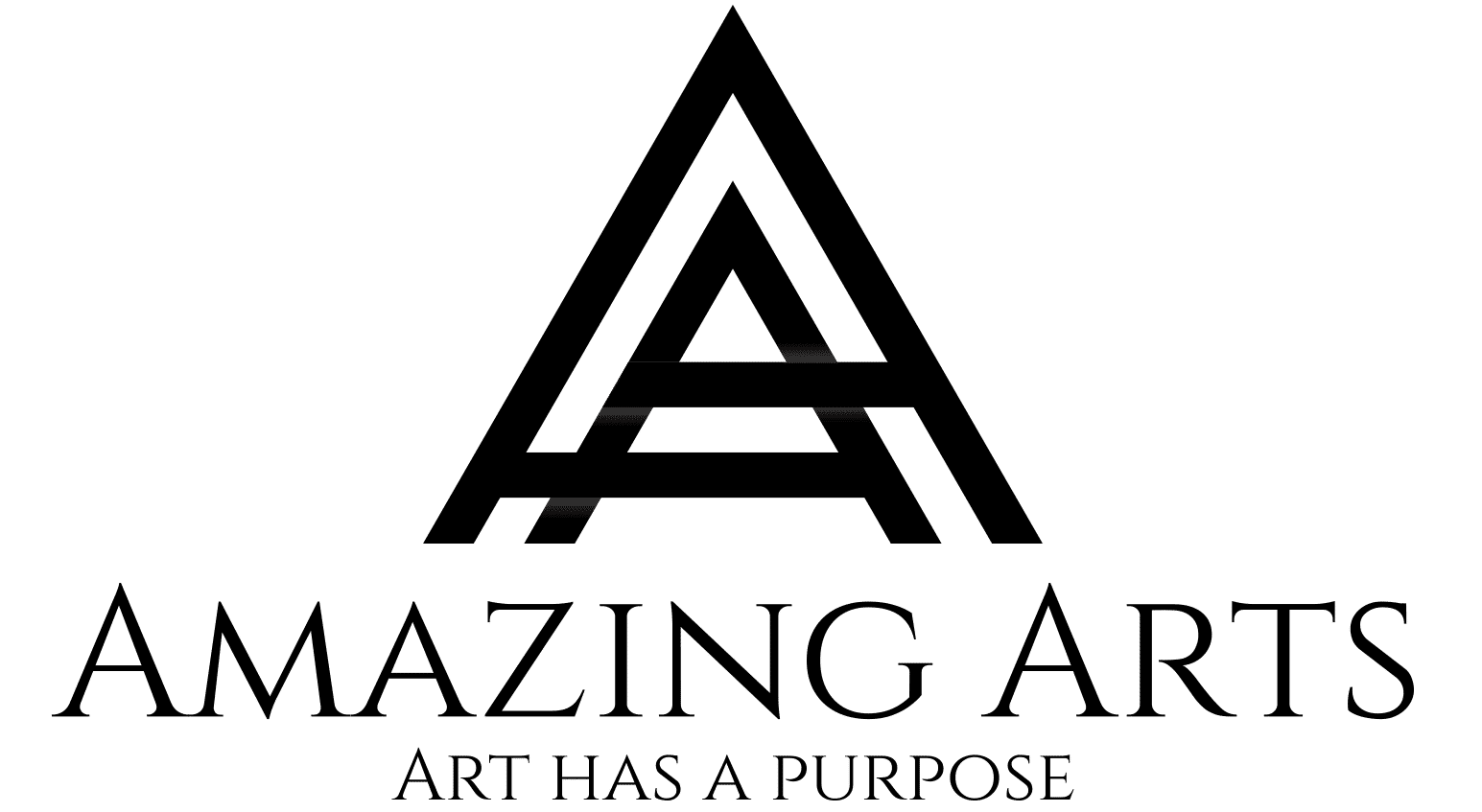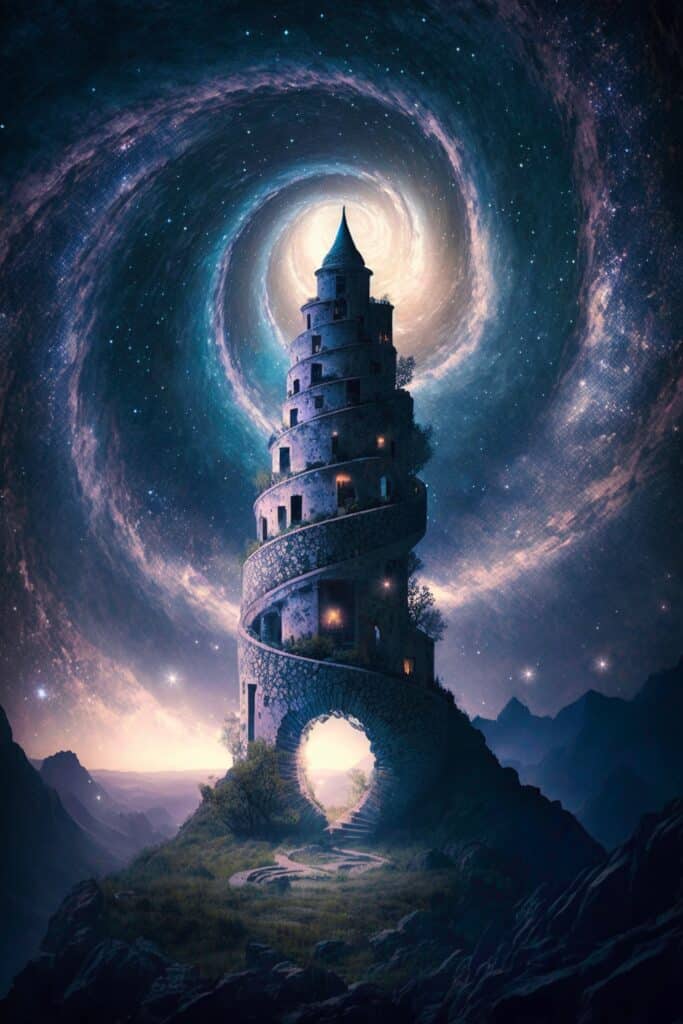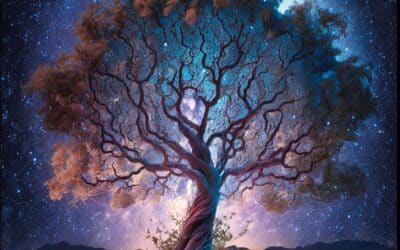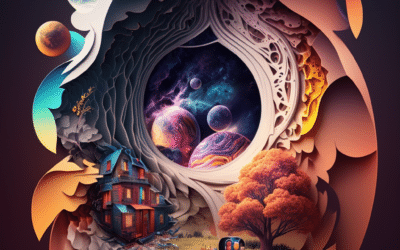In the ever-evolving digital art realm, one groundbreaking development has taken center stage: the Non-Fungible Token (NFT). Harnessing the power of blockchain technology, NFTs are redefining value, ownership, and authenticity in the digital art world, triggering a seismic shift that’s sparking both enthusiasm and skepticism.
Understanding NFTs and Blockchain Technology
NFTs, standing for Non-Fungible Tokens, are digital assets that represent ownership or proof of authenticity of a unique item or piece of content, using blockchain technology. Unlike cryptocurrencies like Bitcoin or Ethereum, which are fungible and can be exchanged on a like-for-like basis, each NFT has a unique value and specific information that cannot be replaced or replicated.
Blockchain technology provides a transparent and secure decentralized ledger, where every transaction is recorded, and all ownership information is traceable. This decentralized system empowers artists and collectors by ensuring the integrity of the artwork and providing an incontrovertible proof of ownership.
The Advent of NFTs in the Art World
The adoption of NFTs in the art world was relatively slow until 2020. This was when digital artist Mike Winkelmann, better known as Beeple, began offering his artwork directly to consumers as NFTs, bypassing traditional auction houses and galleries. His digital art piece, “Everydays: The First 5000 Days,” sold as an NFT for a staggering $69.3 million at a Christie’s auction, propelling NFTs into mainstream consciousness.
Artists’ Perspective: Empowerment and Challenges
NFTs offer artists unprecedented control over their work, presenting a more direct and equitable way to sell art and retain more of the profits. They also enable artists to earn royalties every time their work is resold, a significant departure from the traditional art market where secondary sales profits go exclusively to collectors or dealers.
Collectors and The Digital Art Market
For collectors, NFTs provide a new way to buy, own, and trade art. The appeal lies in the exclusivity and digital ownership that NFTs offer, backed by the security of blockchain technology. Digital artworks, previously hard to commodify due to their reproducibility, can now be collected, displayed, and traded like physical art pieces.
Implications for the Future of Digital Art
The rise of NFTs and blockchain technology is undeniably changing the landscape of digital art. The concept of ‘owning’ digital art is being fundamentally redefined, giving value to digital creations in unprecedented ways.
However, as with any significant disruption, it’s essential to maintain a balanced perspective. It’s still unclear whether the NFT boom represents a sustainable evolution of the art market or a speculative bubble that could burst.
The integration of blockchain technology into digital art marks a turning point, offering artists new avenues for income and recognition, while posing exciting possibilities for collectors. Regardless of future developments, it’s clear that NFTs have already left an indelible mark on the digital art world.
Conclusion
The rise of NFTs presents an exciting, albeit complex, new chapter in the evolution of digital art. By leveraging blockchain technology, NFTs have opened up new possibilities for artists and collectors alike, challenging traditional concepts of value, ownership, and authenticity.
The Future of NFTs and Digital Art
While it is difficult to predict precisely how NFTs will shape the future of digital art, the potential for transformation is vast. Beyond art, NFTs could extend to other forms of creative expression like music, literature, and design. The possibility of tokenizing physical art pieces could further blur the boundaries between physical and digital art worlds.
Moreover, the rise of virtual reality and metaverse platforms can further enhance how NFTs are used and displayed. This shift could lead to a new era of immersive digital art galleries and exhibitions, revolutionizing how we consume and interact with art.
We also see the emergence of new business models such as fractional ownership of NFTs, allowing multiple people to invest in and own shares of a single piece of art. This democratization could make art investment more accessible and diverse.
Closing Thoughts
The NFT revolution signals a seismic shift in digital art, challenging the status quo, and redefining long-held notions. This is more than a technological novelty; it’s a significant movement at the intersection of art and technology, a paradigm shift marking a new era in digital creative expression.
As we navigate through this evolving landscape, it’s essential to stay informed, adaptable, and open-minded. This journey of NFTs and digital art is far from over – it has only just begun, and the trajectory points towards an exciting, uncharted future.



